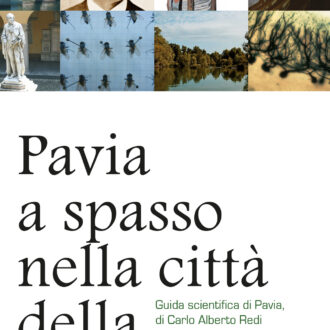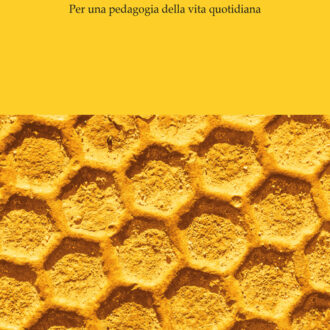ABSTRACT
Il presente articolo si propone di esplorare il ruolo delle donne nel processo di canonizzazione di Shakespeare nel diciottesimo secolo. A partire dal 1660, anno della restaurazione della monarchia e della riapertura dei teatri, il drammaturgo elisabettiano inizia il suo viaggio verso la consacrazione a poeta nazionale, sancita da due eventi importanti: l’ingresso della sua statua a Westminster Abbey (1741) e la celebrazione pseudo religiosa dello Shakespeare Jubilee (1769). In questo lungo arco temporale Shakespeare diventa l’autore più rappresentato (e adattato) sui palcoscenici, il principale argomento di discussione nei dibattiti critico-letterari del tempo, il modello esemplare sui cui fondare la cultura e l’identità inglese. Lo scopo di questo articolo è di evidenziare come dietro tutto questo ci sia la partecipazione concreta e attiva delle donne. Nello specifico, si analizzerà il loro contributo in qualità di attrici, spettatrici, lettrici e scrittrici.
The aim of this article is to investigate the role of women in the process of canonization of Shakespeare in the Eighteenth century. Starting from 1660 (when Monarchy was restored and theatres finally reopened after the twenty-year gap of Puritan rule), the Elizabethan playwright embarked for a voyage towards his acknowledgment as the National Poet. Two events in particular sealed this moment: the erection of a statue of Shakespeare in Westminster Abbey (1741) and the Shakespeare Jubilee (1769). Over this time span Shakespeare was the most popular ‘adapted’ author on the stages, the main topic in debates, the model to follow for the construction of a common English identity. This article sets out to highlight the relevant and active part played by women in this process. Specifically, it explores their contributions as actresses, audience, readers, and writers.












Recensioni
Ancora non ci sono recensioni.